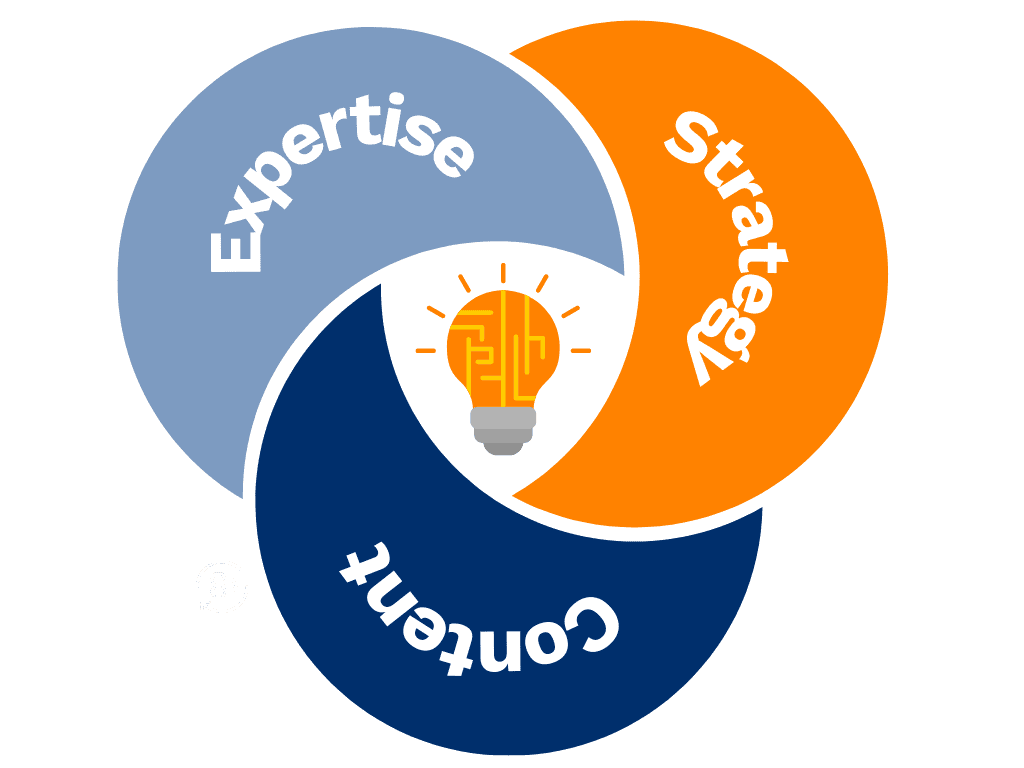For Levvel Co-founder & COO Chantal Milloy, thought leadership isn’t just a buzzword; it’s the cornerstone of innovation, influence, and impact. She shares her insight into the importance of thought leadership, how to steer your business mindset towards thought leadership, and what achieving success looks like.
“Thought leadership is not about knowing all the answers, but rather about asking the right questions that inspire meaningful change.”

How to tell if your business culture is ready for innovative leadership?
Parameters indicative of an organization’s preparedness for leadership-level innovation, include:
- Vision & Mission: The company has a clear vision and mission in line with its values and goals, which in turn provides a strong ecosystem for innovation to flourish.
- Leadership Team: The leadership team’s openness to new ideas, collaboration, and creativity. These traits help build a willingness to take calculated risks and embrace change.
- Continuous Learning: A track record of continuous improvement and learning keeps the business agile and indicates a willingness to adapt and change, thus staying competitive.
- Employees: The employees are engaged and motivated. They have a sense of ownership and pride in their work and are willing to go the extra mile to achieve success.
- Customer Focus: The company has a strong customer focus and is willing to listen to and act on customer feedback, implying that the business is open to new ideas and ready to adapt to meet changing customer needs.
- Mindset & Culture: It is vital for a business to have the right mindset and culture in place to be ready for innovation. The magic potion would be a combination of strong leadership, focus on constant improvement, willingness to embrace change and taking calculated risks.
Such companies willing to reshape their processes and structures to create an environment where all employees feel valued and respected give employees a real sense of power and voice within the company. All employees are more likely to take risks, think freely, and produce innovative solutions—all of which impact the bottom line.
How can a company get started with thought leadership?
The journey of thought leadership involves:
- Expertise: The first requirement is to identify the topic or area of expertise to focus on; something that the company is already knowledgeable about and has a strong track record in and that is relevant and of interest to the company’s target audience.
- Strategy: There is a need to develop a thought leadership strategy that outlines the goals, target audience, and key messages of the company’s thought leadership efforts. This should include a plan for how the company will share its insights and ideas with its target audience e.g., blog posts, white papers, speaking engagements, forums, or social media, etc.
- Content: With the strategy in place, the company should create and share high-quality content showcasing its expertise and insights on the chosen topic. This could include blog posts, articles, videos, podcasts, or other forms of content that are relevant and valuable to the target audience. It’s equally important to stay actively engaged with the audience through respective channels of communication and encourage discussion and feedback.

Does thought leadership apply to both B2B and B2C organizations?
Thought leadership applies to both B2B (business-to-business) and B2C (business-to-consumer) organizations. In both cases, thought leadership involves establishing oneself as an expert in a particular field or industry and sharing insights, ideas, and recommendations with others, to influence their thinking and actions.
- B2B: Good thought leadership could establish a company as a trusted advisor to other businesses and can effectively build credibility and influence within the industry, helping demonstrate the company’s expertise and value to potential customers.
- B2C: Effective thought leadership helps establish a company as a trusted and respected source of consumer information and insights. This is especially important for companies that operate in industries where there is a lot of misinformation or confusion. Thought leadership can help establish the company as a reliable and trustworthy source of information.
Overall, thought leadership can be a powerful tool for any organization looking to build credibility, influence, and trust with its stakeholders.
How do you define business success as a thought leader?
Indicators of success as a thought leader include:
- Desired outcomes: The thought leader has helped the business achieve its vision, increased profits, improved customer satisfaction, successfully launched a new product, etc.
- Credibility & influence: The thought leader has established himself as a trusted advisor and SME, and his insights and recommendations are valued and followed by the business.
- Driving innovation & growth: The thought leader’s ability to help the business think creatively and develop new and innovative solutions to challenges, leading to growth and success.
- Building strong relationships: The thought leader has built strong, productive relationships with key stakeholders within the business, including executives, employees, and customers.
- Goals & Objectives: Success as a thought leader also depends on the specific goals and objectives of the business and how well the thought leader has helped the business achieve those goals.
Thought leadership can be a powerful differentiator for businesses, but it requires the right mindset and culture to embrace innovation. Strong leadership with a focus on continuous improvement and willingness to take risks is essential for driving thought leadership within an organization. Also, a strategy that outlines the company’s goals, target audience, and key messages is crucial for ensuring success.
Reach out to Connect@levvel.ca
Business in Balance


